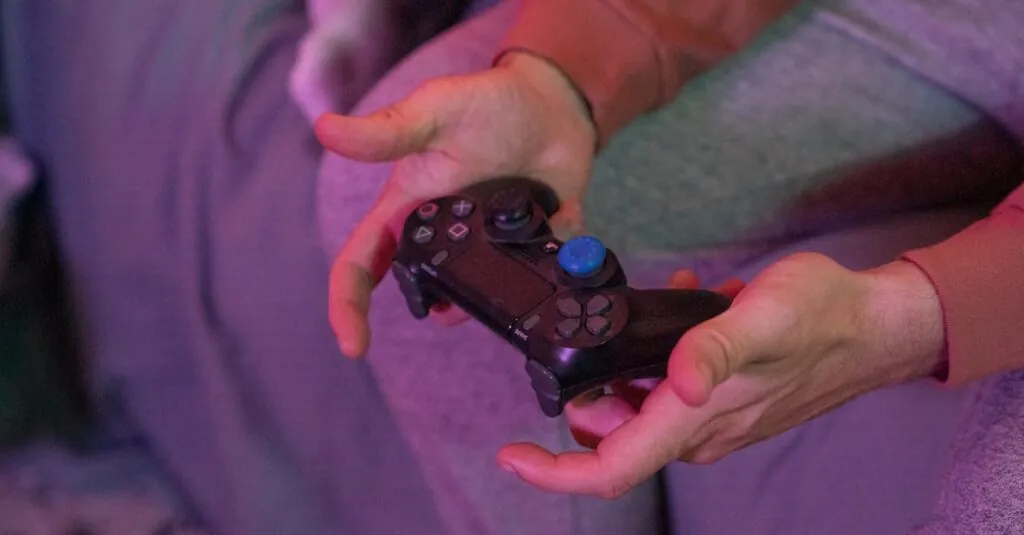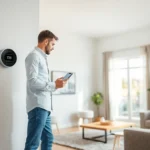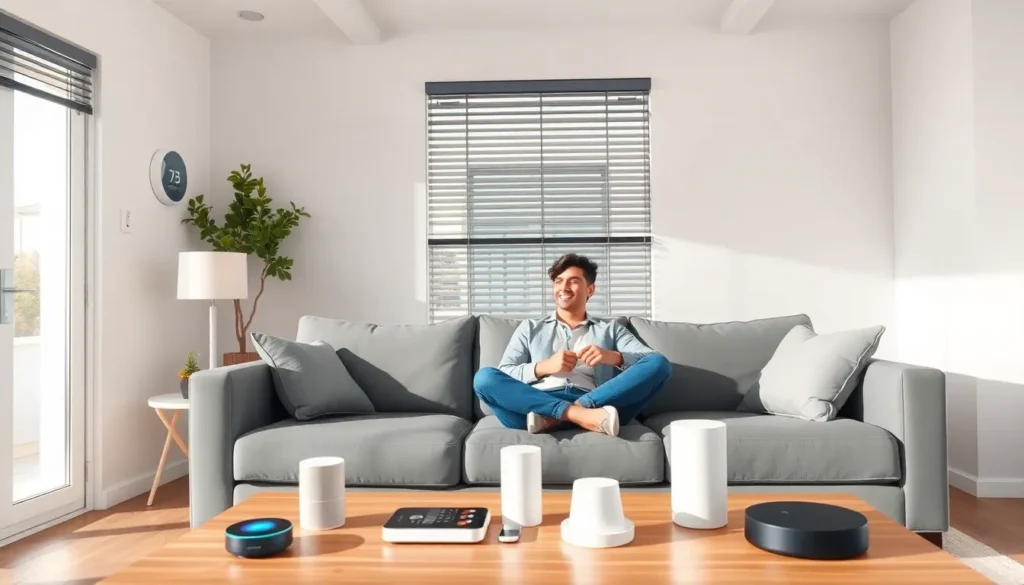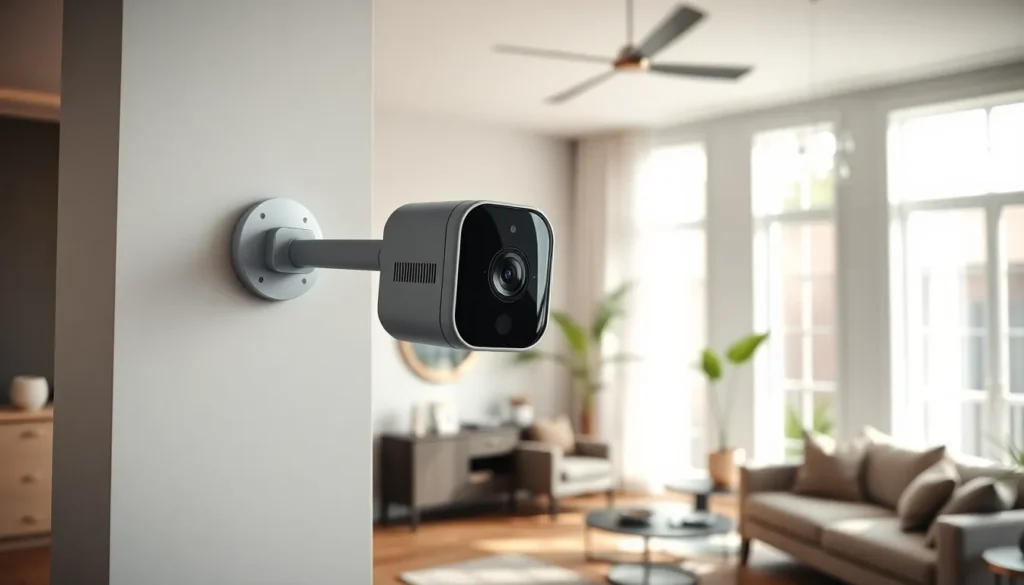In a world where everyone’s glued to their devices, comfort isn’t just a luxury—it’s a necessity. Imagine gripping your phone or tablet for hours, only to end up with fingers that feel like they’ve run a marathon. Device grip comfort isn’t just about avoiding cramps; it’s about enhancing the experience, letting users scroll, swipe, and binge-watch without a care in the world.
Understanding Device Grip Comfort
Device grip comfort significantly impacts user interaction in a digital landscape. Engaging with devices several hours daily requires consideration of how comfort affects overall user experience.
Importance of Grip Comfort
Grip comfort plays a crucial role in preventing discomfort and fatigue. Users often hold devices for extended periods, leading to strain in hands and wrists. Prioritizing comfort enables smoother interactions, enhancing productivity and enjoyment. Research indicates discomfort can detract from users’ focus, making grip comfort essential for extended sessions. Overall, a comfortable grip promotes healthier usage patterns, reducing the risk of repetitive strain injuries.
Factors Affecting Grip Comfort
Several factors influence device grip comfort. Device weight significantly affects hold time; heavier devices can lead to fatigue quickly. Material texture creates varying sensations; smoother surfaces may slip, while textured grips enhance control. Size also matters; larger devices might require a different grip style, impacting comfort levels. Users’ hand sizes contribute to comfort, making it essential to consider ergonomics when designing devices. Personal preferences further shape comfort experience, as different individuals favor unique grip styles and materials.
Ergonomic Design Principles
Ergonomic design principles prioritize user comfort and interaction for better device experiences. By focusing on specific aspects like shape, contours, and material selection, manufacturers can significantly enhance grip comfort.
Shape and Contours
Shapes that conform to the natural grip of hands matter significantly. Curved surfaces promote a secure hold, reducing strain during extended use. Contours that fit the fingers’ natural alignment allow for comfortable engagement, whether during gaming or texting. Users experience less fatigue when gripping devices designed with these traits. Variations in size accommodate different hand shapes, ensuring broad accessibility. These thoughtful designs help maintain user engagement without discomfort.
Material Selection
Material choice affects overall grip comfort greatly. Textured materials provide traction, preventing slips during use. Soft-touch finishes enhance comfort for prolonged handling, allowing users to engage for hours without strain. Durable materials prolong the life of the device while maintaining comfort, offering long-term benefits. Various textures can cater to diverse user preferences, enhancing satisfaction. Selecting the right materials supports an enjoyable user experience, encouraging healthy interaction with technology.
Evaluating Device Grip Comfort
Assessing device grip comfort involves using several methodologies to gather data on user experience and ergonomic effectiveness.
Testing Methodologies
Evaluators utilize a combination of quantitative and qualitative testing methods. Laboratory settings often include grip strength measurements to determine how long users can comfortably hold devices. Observational studies capture user interactions in real-world environments. Surveys and questionnaires gather subjective impressions of comfort and usability. User trials that involve diverse participant groups ensure broad representation, reflecting varied hand sizes and preferences. Compiling this data informs design improvements and optimizes future product development.
User Feedback Analysis
Analyzing user feedback offers insights into grip comfort perceptions. Reviews and ratings reveal common themes regarding device comfort levels. Focus groups provide in-depth discussions about preferences and pain points encountered during usage. Companies also track social media comments for real-time user experiences. Identifying patterns in feedback leads to targeted enhancements that address specific grip challenges. Continuous engagement with users helps maintain a cycle of improvement, ensuring devices meet evolving comfort needs.
Best Practices for Enhanced Grip Comfort
Prioritizing grip comfort enhances user experience during device interactions. Implementing specific strategies can lead to significant improvements.
Customizable Options
Customizing grip options can cater to individual hand sizes and preferences. Users often appreciate grips that adapt to their unique shapes. Devices may feature adjustable components that allow for personal configuration. Various colors and textures can transform grip aesthetics and functionality. Choosing options that conform to natural hand contours enhances comfort during extended use.
Accessories and Modifications
Adding accessories can significantly improve grip comfort. Grips, cases, and skins designed with texture provide enhanced control and reduce slippage. Ergonomic cases often feature soft-touch materials that soften handling. Accessories can also absorb shock, lowering strain on hands during use. Consider using finger loops or straps that enhance security and minimize fatigue, especially during prolonged interactions.
Device grip comfort is crucial for a seamless and enjoyable user experience. As technology continues to integrate into daily life, prioritizing comfort can make all the difference in how users interact with their devices. By focusing on ergonomic design and personalized options, manufacturers can significantly enhance user satisfaction.
Investing in better grip comfort not only prevents discomfort but also encourages healthier usage patterns. With the right materials and designs, users can enjoy prolonged engagement without the worry of fatigue or strain. Ultimately, a commitment to improving grip comfort paves the way for a more accessible and enjoyable technology experience for everyone.













